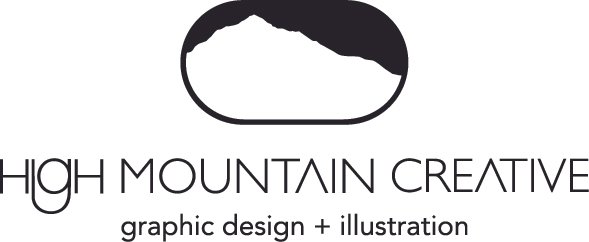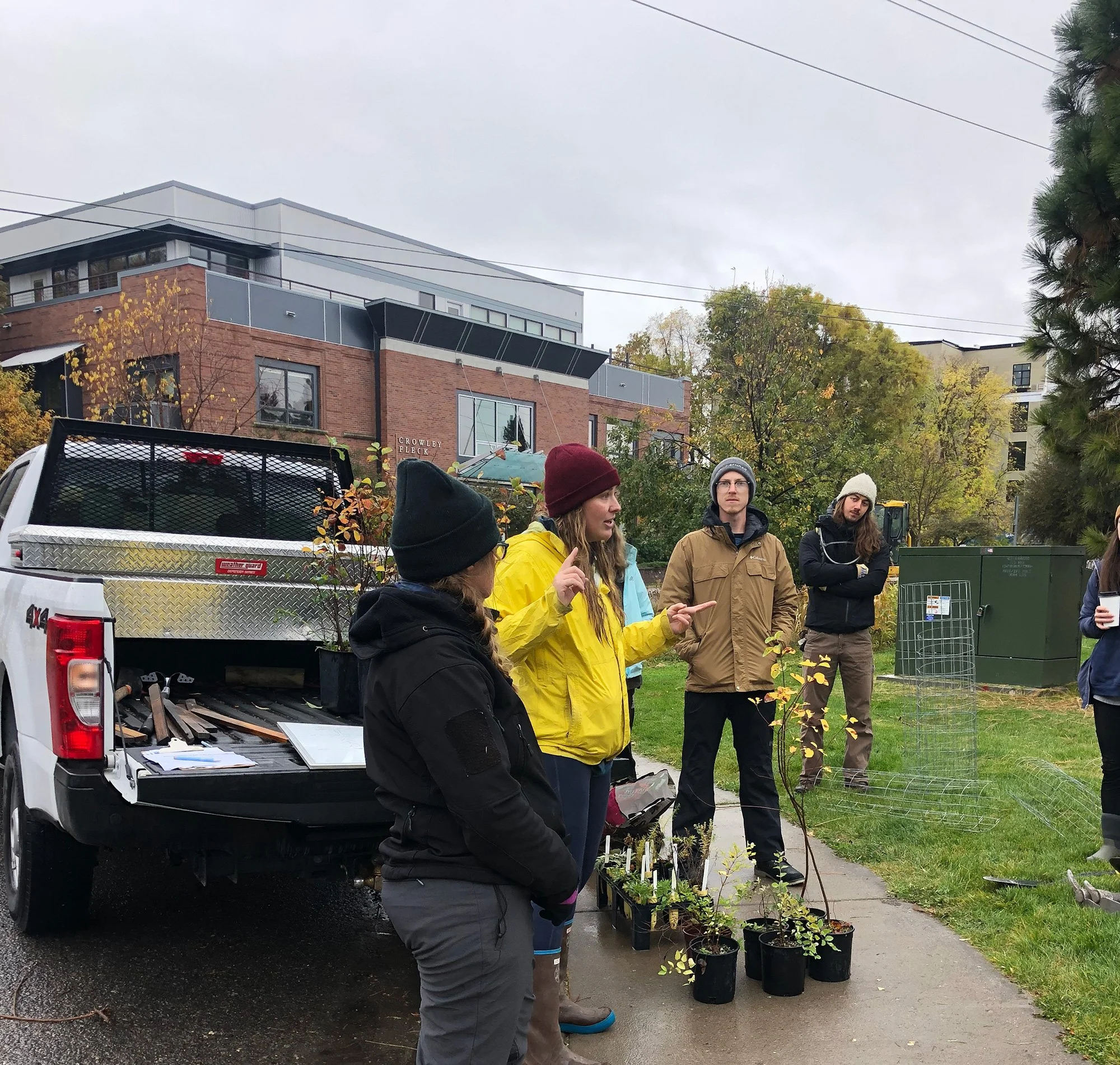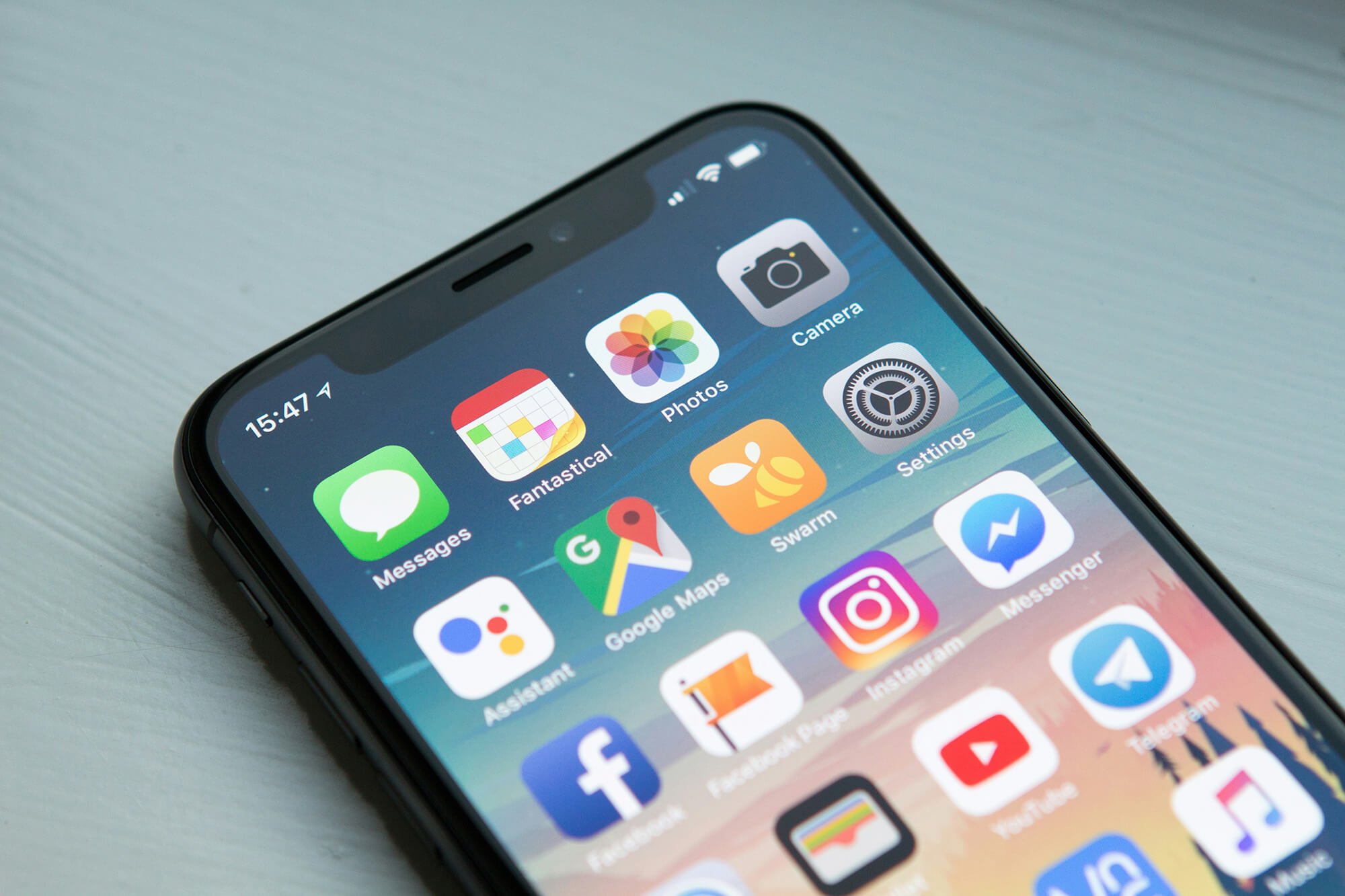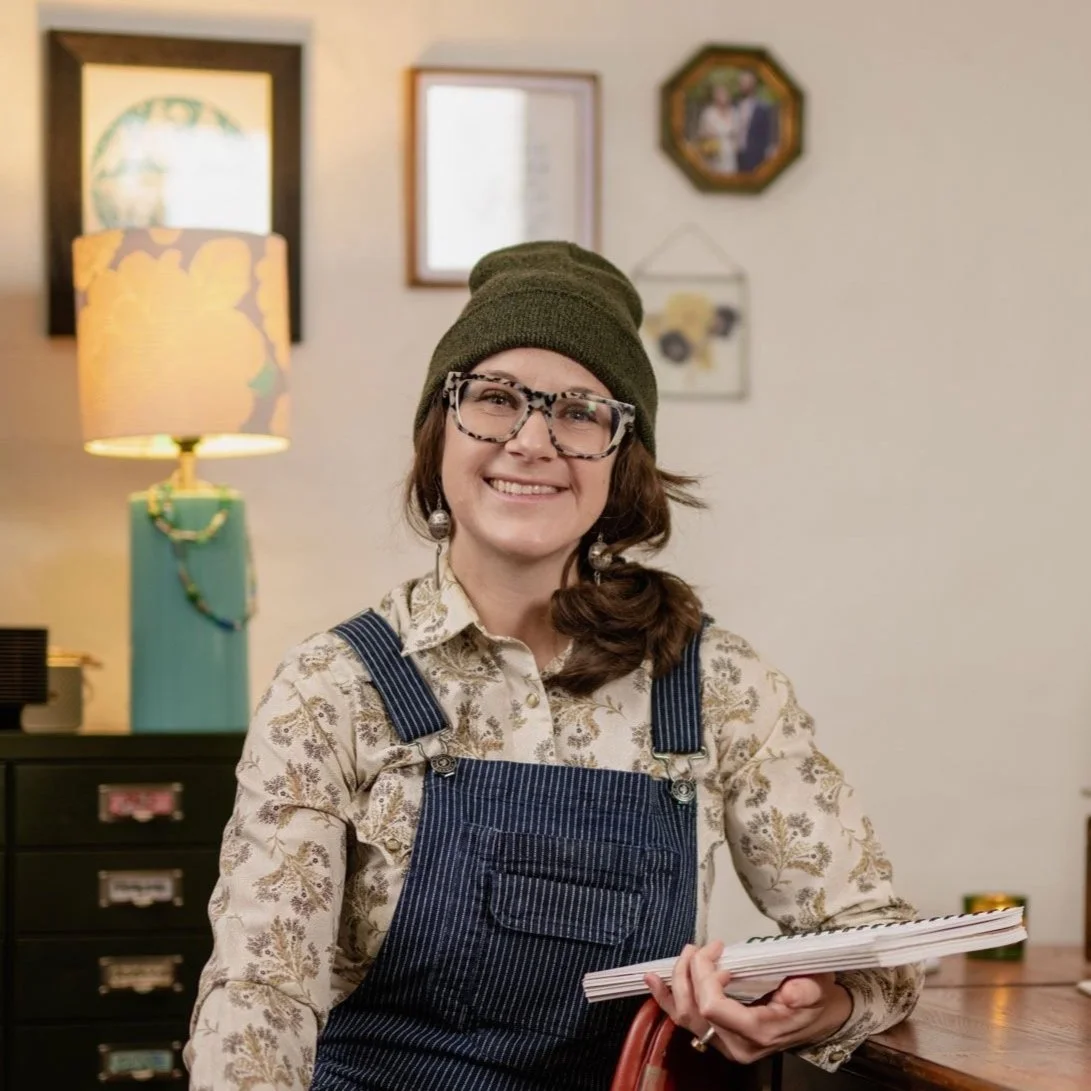Nonprofit Marketing Challenges and How to Tackle Them
From economic uncertainty to the wildly different behaviors of Boomers and Gen Z.
2025 is already throwing all of the challenges our way – especially nonprofits and all of the people that their ripple effect reaches. Finding and retaining donors and funding was hard enough already and with the changing landscape of, well, everything, this is only becoming more of a challenge. I wanted to put together a resource that would not only validate the challenges you’re experiencing but help brainstorm some creative ideas for overcoming these challenges.
As someone who is on the periphery of nonprofit work, I needed help from an expert to dissect this topic and get the real inside scoop, so I interviewed Kate Arpin, Communication Manager at Montana Nonprofit Association. Kate works closely with hundreds of nonprofits, helping them navigate everyday challenges of nonprofit marketing and communications. Who better to ask about this stuff?
Here are some challenges we identified along with some suggestions for tackling them.
Photo by Katie Moum on Unsplash
Economic Uncertainty has Donors Tightening Their Belts
Challenge: Financial stress and economic uncertainty caused by inflation and global economic fluctuations are making potential donors think twice about how they’re spending their money. Right now, fewer individuals are donating larger amounts and smaller donors are harder to nail down. Donor Advised Funds (DAFs) are on the rise because of their tax incentives but donors seem to be sitting on those funds rather than distributing them to nonprofits. Oftentimes smaller nonprofits don’t benefit from these DAFs the way that larger, national nonprofits do because financial institutions make it easier to donate to the larger nonprofits.
👉 New to Donor Advised Funds? Learn more here: What Are DAFs and Why Should You Care?
Solution: Be strategic about your fundraising. Think about what you can accomplish with your existing staff and resources. Take time to learn who your audience is and be intentional about how you’re communicating with them. Don’t get caught up in the mindset that everyone is your audience because your bandwidth will quickly get used up.
There’s a Lot of Competition for Donor Dollars
Environmental nonprofits in a community working together to organize a riverbank restoration.
Challenge: There are over 1.5 million nonprofits registered in the US across all sectors this means that orgs have to really work for their donor dollars. With so many causes worth supporting, maintaining long-term relationships with supporters is increasingly difficult. There's a lot of competition and the more that media nationalizes (vs localizes) causes, the harder it is for local nonprofits to compete. It’s becoming increasingly harder for local nonprofits to reach local communities and potential local donors.
Solution: Invest in personalized engagement strategies, such as tailored updates on how contributions are making an impact. Partner with other nonprofits in your community instead of seeing them as competition. This is an excellent way to elevate both missions
Find ways to make your brand stand out. What makes your nonprofit unique? Why should someone give to your nonprofit instead of the next one?
Declining Trust in Institutions & Public Misperception of the Nonprofit Model
Challenge: A general decline in trust in institutions can. There’s a growing public misconception of the model which is affecting donor confidence in nonprofits. The media has been known to portray nonprofits as inefficient – wasting donor money on paying CEO’s a proper wage or investing in an effective fundraising campaign. Additionally, overall declining trust of institutions and the government is impacting the way donors think about giving.
Solution: Be transparent about how you spend donor dollars and emphasize the impact you’re making on the community. Remind your donors that businesses and government entities can't do what nonprofits can do – we need nonprofits to bridge the gap.
👉 Check out the film UnCharitable, a documentary that covers the media-driven public scrutiny nonprofits face when it comes to spending donor dollars.
Bridging the Generation Gap Has Never Been Harder
Challenge: Different generations (ex. Baby Boomers vs. Gen Z) have distinct preferences for engagement and giving. Each generation is getting their information and media from different places and most nonprofits don’t have the capacity to create different strategies for different generations or media channels.
Solution: Understand who your audience is and brainstorm easy ways to communicate with them with the resources you have. Consider these tendencies of the different generations:
Boomers tend to care more about financial transparency, they’re more connected to the local community and nonprofits, there’s a good chance they’ve been on a board or volunteered at a local organization.
Millennials care deeply about the world, they’re in the trenches, raising kids, buying houses, building a life for themselves. They’re likely to feel empathetic towards others experiencing difficulties with these things and give what they can to support the nonprofits supporting them.
Gen Z are smaller donors that give quickly and easily, often on mobile. Their support and giving can be more unpredictable as they follow trends in advocacy. It takes a different approach to get into the “Gen Z bubble” : get creative, be authentic, dare to be unhinged!
Keeping up with rapidly changing social trends
Photo by William Hook on Unsplash
Challenge: Most small or medium-sized nonprofits don’t have the time, capacity or dedicated team to master social trends and new platforms. It's a full time job to be on social media!
Solution: Don't try to do all the things, identify where there’s overlap and focus on creating a strategy around that. Email is almost always the most consistent way to reach people and the great thing about creating content for email is that you can easily share it to your social platforms. Focus on platforms that align most closely with your audience and mission rather than trying to be everywhere.
Kate Arpin is the Communications & Platforms manager at the Montana Nonprofit Association. She has over a decade of experience in nonprofit communications, with emphasis in conservation organizations. She is particularly skilled in websites, branding design, and email audience development. Kate hosts MNA’s monthly Communications & Marketing group call, and co-organizes NTEN’s Wordpress community forum.
Margo is graphic designer who works with conservation-minded nonprofits and brands on projects like logos & branding, annual reports, maps, and infographics. She works with my clients to create beautiful and meaningful design that amplifies the marketing efforts it takes to ignite action and change. Visit her portfolio to see some of the projects she’s collaborated on with nonprofits to protect the environment.





